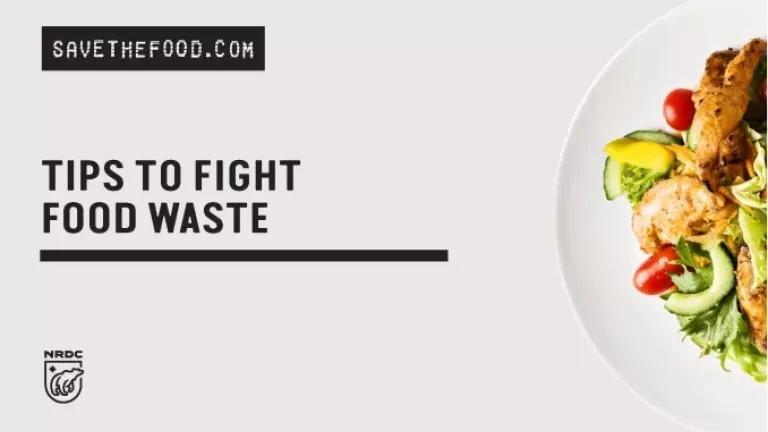Busy People Love Leftovers
A community-based social marketing campaign aims to reduce food waste in Denver.
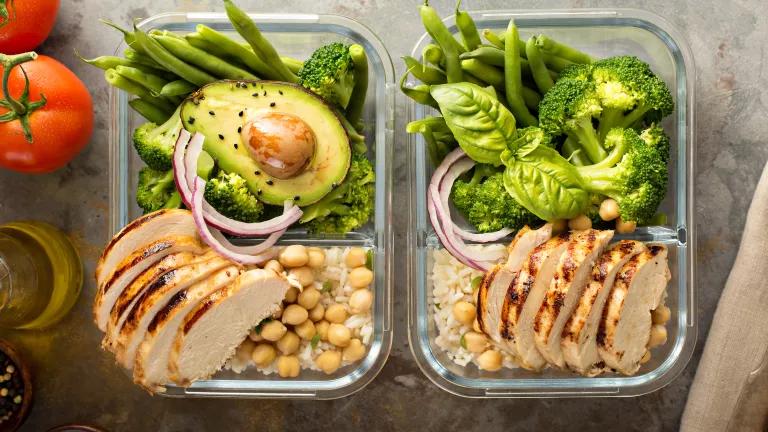
Shutterstock
Reducing food waste is an important climate change solution. Since household food waste collectively accounts for more than 40 percent of U.S. food waste, NRDC teamed up with the city and county of Denver to pilot an outreach program that encourages residents to reduce food waste at home by eating more of their leftovers. As described in our report, this program provided important lessons in maximizing future outreach programs to reach the most households and in collecting data on effectiveness.
Up to 40 percent of all the food in the United States is lost or wasted every year, along with all of the water, nutrients, energy, labor, and money used to grow, process, distribute, and dispose of that food. Because households are such a large contributor to U.S. food waste, it is imperative that we find solutions that help families stop wasting their food. Yet there is relatively little research into the causes of and solutions to household food waste, particularly the strategies to aid racially and economically diverse communities.
To test potential outreach efforts, NRDC partnered with the city and county of Denver to pilot a program that was designed to help residents reduce their food waste at home through educational outreach aimed at specific changes to eating habits. We followed the principles of community-based social marketing (CBSM) in designing our project. There are many avenues to reducing household food waste; this effort focused specifically on encouraging residents to eat more of their leftovers or previously prepared meals, which are among the most commonly wasted type of edible food in households.
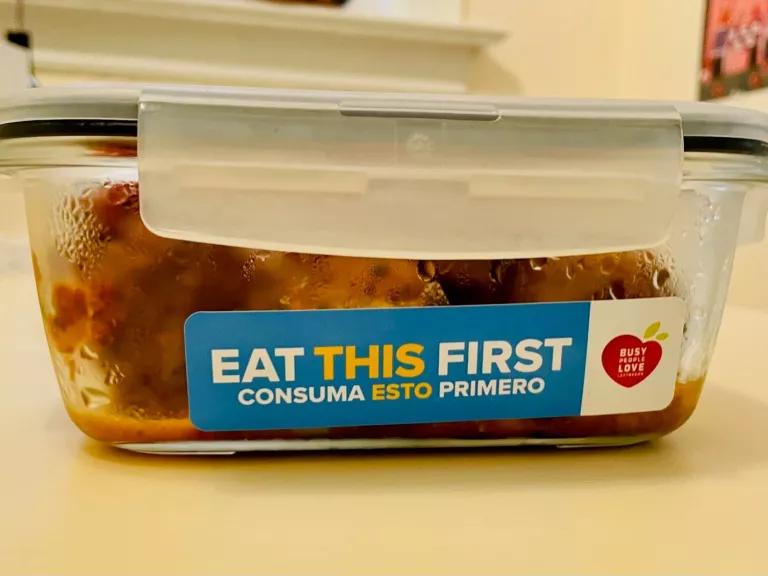
We mailed packets to 600 residents in Denver’s northeastern neighborhoods of Montbello and Green Valley Ranch. The packets contained an informational booklet, an erasable magnet board to attach to the fridge with a marker intended to help people list their leftovers, and cling stickers with the phrase “Eat this first” to attach to leftover containers. Because these neighborhoods have high concentrations of Spanish speakers, all materials were provided in both English and Spanish. To evaluate the effectiveness of our study, we looked at people’s trash, we mailed surveys, and then, when few surveys were returned, we knocked on doors to ask our survey questions. However, we know that surveys may not be the best way to assess behavior because food and waste are intrinsically tied to our culture, values, and lifestyle image; respondents may answer surveys with what they perceive to be a socially correct answer rather than with an unbiased response. Therefore, we supplemented our assessment with audits of trash bins to see whether household food waste tossed in the bins decreased after households received the intervention materials.
Most survey respondents who said they received the intervention packets found them to be helpful, particularly the fridge magnet and “Eat this first” stickers. Unfortunately, many survey respondents reported that they did not receive the packets. Additionally, while the trash audits showed consistently lower food waste for the group that received our intervention compared to the control group, there were no statistically significant differences and there was no clear trend in levels of leftover food waste. Our sample size was small, and our measurement results had limitations, which made it difficult to assess the direct impact of our pilot project. However, the high rate of survey respondents identifying as African American or Black and the number of responses submitted in Spanish suggest that our outreach plan—utilizing the principles of CBSM—to include Denver’s diverse population was successful in reaching these communities.
We offer the following recommendations and lessons for future studies measuring food waste behavior change in households:
- Interactive interventions are valued by households, including diverse audiences that are often left out of research, such as the Spanish-speaking and Black or African American households in our sample region. Both the informational booklets and the interactive interventions (the magnetic leftovers list and the stickers) were well received by English- and Spanish-speaking survey respondents across varying demographics.
- Blind, snapshot-in-time, curbside waste audits may not be a useful indicator of waste habits. Although they are viewed as the gold standard because of their comprehensive nature, waste audits at the curb may not tell a straightforward tale about weekly waste behaviors, in part because blind audits from the curb may not reflect a single week’s worth of food waste per pickup.
- Mailed materials must be very visually appealing. Many survey respondents said that they did not receive our materials in the mail. Future studies should emphasize the importance of any mailed interventions with eye-catching and attractive envelopes or other means of ensuring they are seen and opened.
- Door-to-door engagement may be the best way to reach households that are similar to our sample. In-person survey sampling had a much higher rate of response than paper or electronic surveys did in our study. Door knocking was not excessively expensive compared with postage but had a much higher rate of return. Furthermore, door-to-door engagement could be expanded beyond the survey component of the study to include more information sharing and participant feedback at the outset.
- Some households are tossing enormous quantities of food, including edible foods and other items, that researchers could not determine any flaw in. Despite our knowledge of the shocking statistics about how much food is wasted in the United States, we were still surprised by the very large quantities of food (i.e., greater than 50 pounds) found in some garbage bins that seemed to be of perfectly good quality to the researchers. We were further resolved in our work to educate and engage households about the value of saving food and finding alternative means of preserving, sharing, and ultimately consuming food rather than dumping it in the garbage.
Though the study was small, the outcome of our pilot project suggests that social marketing materials may help households to consider eating leftovers rather than tossing them in the trash. We offer additional insights and recommendations for future research throughout the project description, results, and discussion, and we hope to see additional research build on the lessons we’ve learned.
Related Content
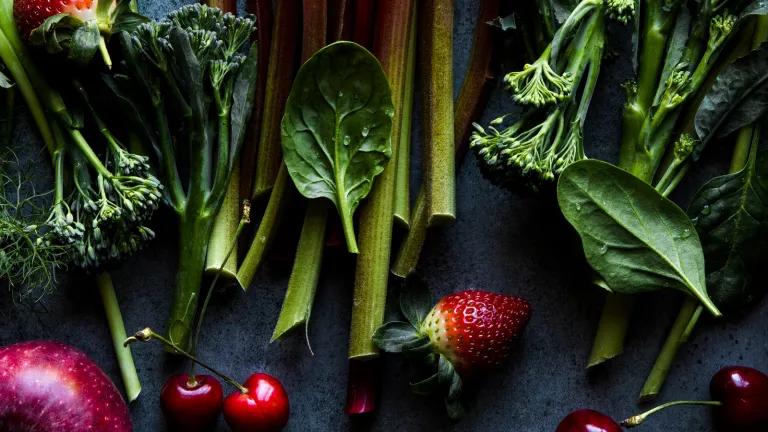
Food Waste Reduction

Food Matters in Denver: Sustained Momentum and Opportunity for Growth
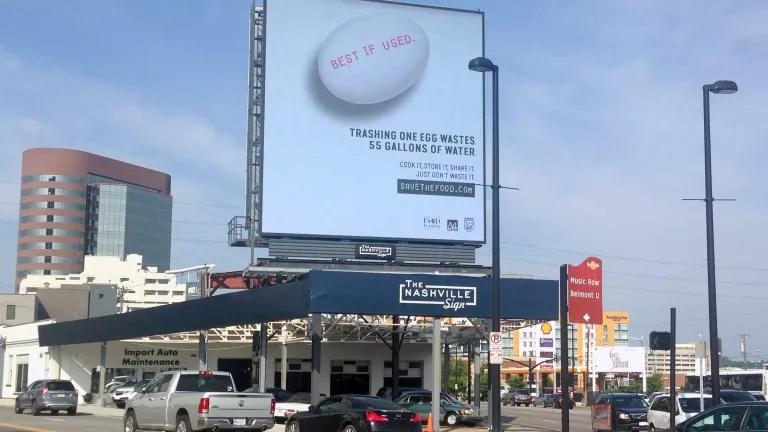
Food Matters Case Studies
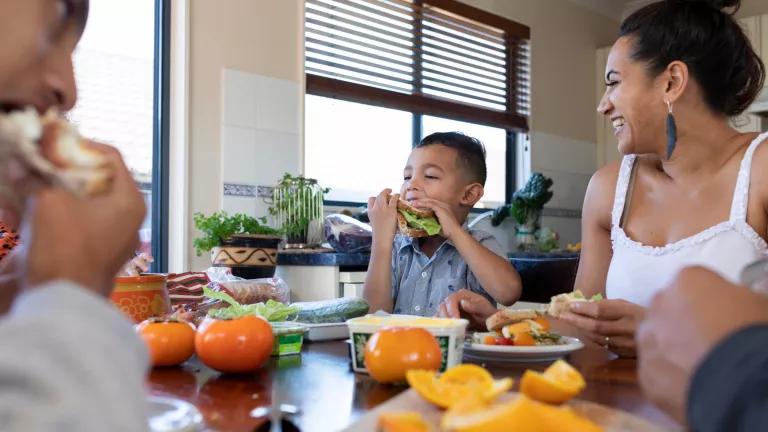
Additional Research on Household Food Waste
